English Heritage sites near St. Margaret, Ilketshall Parish
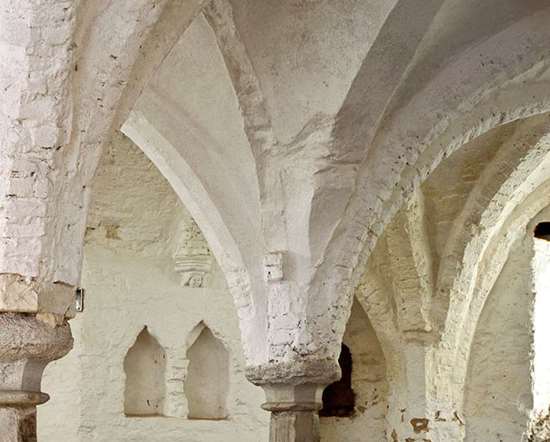
ST OLAVE'S PRIORY
11 miles from St. Margaret, Ilketshall Parish
The wonderfully complete 14th century brick-vaulted refectory undercroft - later a cottage occupied until 1902 - of a small Augustinian priory.
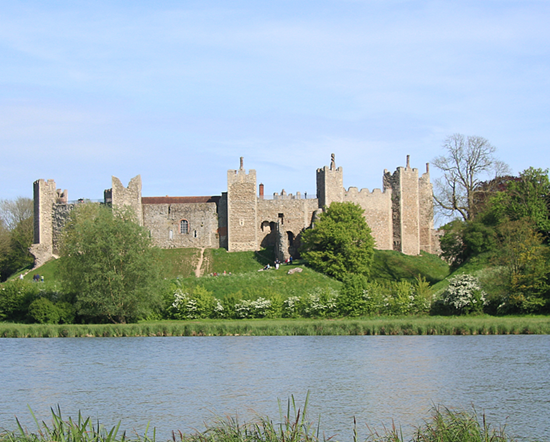
FRAMLINGHAM CASTLE
14 miles from St. Margaret, Ilketshall Parish
Framlingham Castle is a magnificent 12th century fortress with a long and colourful past which makes a fascinating family day out in Suffolk.
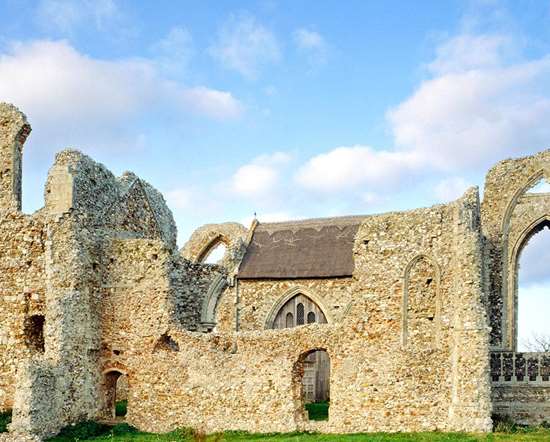
LEISTON ABBEY
14 miles from St. Margaret, Ilketshall Parish
The mainly 14th century remains of an abbey of Premonstratensian canons. Among Suffolk’s most impressive monastic ruins, with some spectacular architectural features.
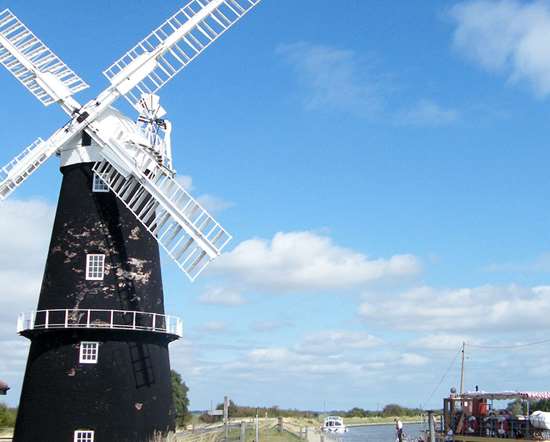
BERNEY ARMS WINDMILL
14 miles from St. Margaret, Ilketshall Parish
Visit one of Norfolk's best and largest extant marsh mills, built to grind a constituent of cement and in use until 1948, finally pumping water to drain surrounding marshland.
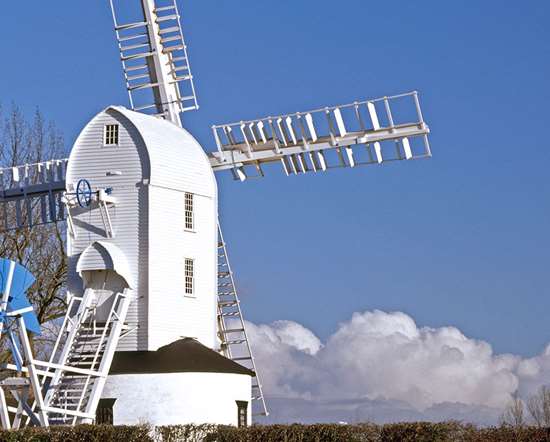
SAXTEAD GREEN POST MILL
14 miles from St. Margaret, Ilketshall Parish
Saxtead Green Post Mill is a corn mill, whose whole body revolves on its base and was one of many built in Suffolk from the late 13th century.
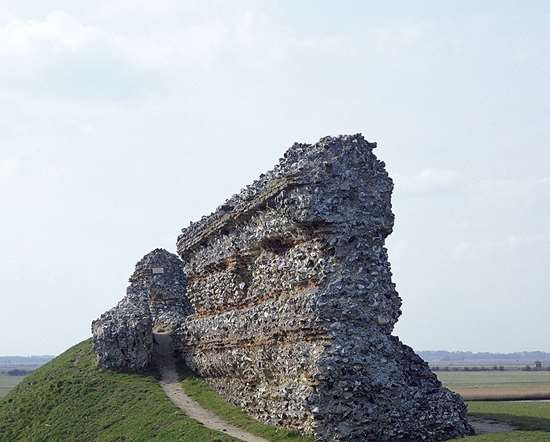
BURGH CASTLE ROMAN FORT
14 miles from St. Margaret, Ilketshall Parish
The imposing stone walls, with added towers for catapults, of a Roman 3rd century ‘Saxon Shore’ fort. Enjoy panoramic views over Breydon Water, into which the fourth wall long since collapsed.
Churches in St. Margaret, Ilketshall Parish
Ilketshall St Margaret, St Margaret
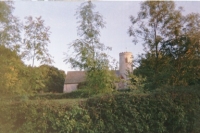
Low Street
Ilketshall St Margaret
Bungay
01986 781345
Ilketshall St. Margaret is one of 180 round tower churches in England, only six of which are outside East Anglia. It consists of a round west tower, nave, chancel and south porch. The roof is of slates, and the pitch of an earlier thatched roof can be seen against the tower.
The tower itself is a complete circle within, showing that it was built at the same time as the church - many of the round towers were built onto existing churches. Locally found flints are the main building material, with later brick buttresses at the east end. Some historians date it no earlier that the twelfth century, but one local round tower expert is convinced that the tower, up to the base of the belfry, and most of the church, are Saxon - probably just before 1000AD.
The overall shape of the church, tall, long and narrow, with a short, 35'-40' bell tower, points to the middle Saxon period, 900-1000AD. The church walls are less than 3’ thick which also favours the Saxons over the Normans who built wider churches, over 20', with thicker walls and taller bell towers. The flints are of all sizes, shapes and colours, set in large amounts of mortar, with little or no attempt at selecting and coursing, as seen in late Saxon/early Norman churches.
The south west corner of the church shows no signs of the dressed stone quoins which are a hallmark of the Norman period. It is built of large and cut flints with some large, rough blocks of stone - erratics. (There was no dressed stone in East Anglia until the Normans imported it mostly from Caen.) South of the tower is a quarter round fillet of flints which fixes the tower in the pre-conquest era. Both fillet and quoins on the north west side are covered by the stair turret. On the north and south sides of the tower. 10' from the ground, are two Saxon circular, double splayed, windows. The slit windows above are of a type favoured by Saxons as well as Normans.
Before the internal restoration of the early nineteen-eighties there were four Saxon belfry windows (inside the tower) below the present belfry - all round headed and built of flints The west window is still there but is much reduced in size and framed in dressed stone on the outside.
The chancel windows are early English, C13th, as is the south doorway with its pointed arch and continuous moulding. The present belfry is perhaps C14th, certainly the windows are consistent with the decorated style of that period, as are the south facing, ground floor, windows of the tower.
The nave windows are C15th, much restored, and the tower staircase was probably added at this time. The font also dates from this time. It has an octagonal basin, with alternate roses and blank shields, and is supported by eight angel heads on a pedestal around which are four empty plinths. This may be an East-Anglican lion font - with no lions. The flat wooden top is Jacobean, early seventeenth century, as are the altar rails with their fine turned balusters.
The priest's door, south of the chancel. has a cinquefoil headed ornamental band above, possibly eighteenth century gothic. The cusped head over the door is similar to that over the piscina under the south east chancel window. A round trefoil window, nineteenth century, has been inserted in the blocked north doorway. The pulpit is Victorian and contains a rare example of a pocket-watch holder so that the preacher could time his sermons.
The tower was rendered in 1993. The decision was taken by English Heritage. whose representatives claimed that flint towers were originally finished in this manner. Reaction to the finished product was not favourable. Complaints poured in from local people and specialist historians alike, most of whom had contributed greatly to what was considered by many an act of vandalism. English Heritage offered to remove the work and restore the pointing at no cost to the parish, but the PCC decided that this could only be done at the expense of other churches’ funds for urgently needed repairs. So the white tower remains, thankfully, as the years progress and the render discolours, becoming less of an eyesore
There is much wildlife within the Churchyard, and the area is maintained with this aspect of conservation in mind.
The Church doors are open morning to evening every day and the PCC insist that this remains the case so anyone can use the Church for private prayers or just to visit. In the past this has been very much appreciated and used accordingly.
The Church is easily accessible for physically disabled persons.
No churches found in St. Margaret, Ilketshall Parish
